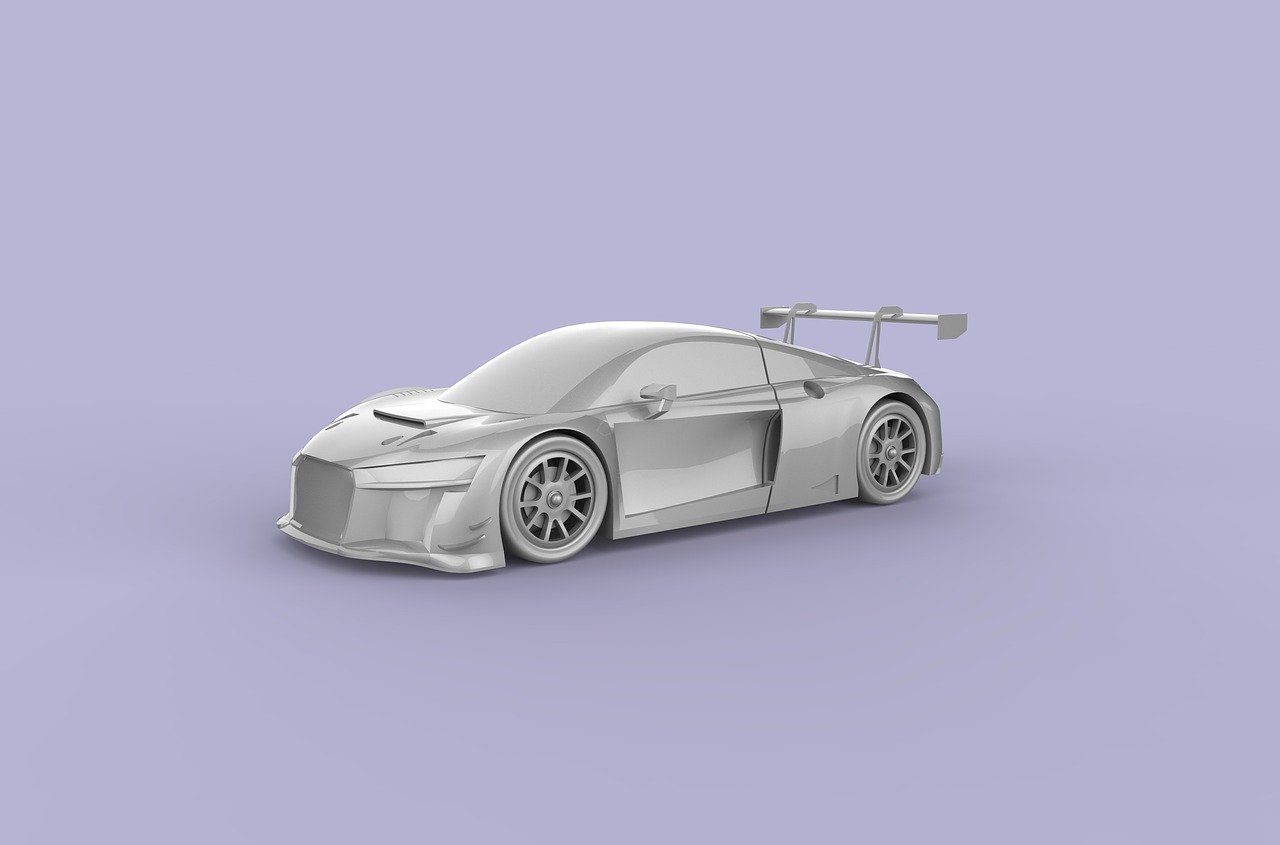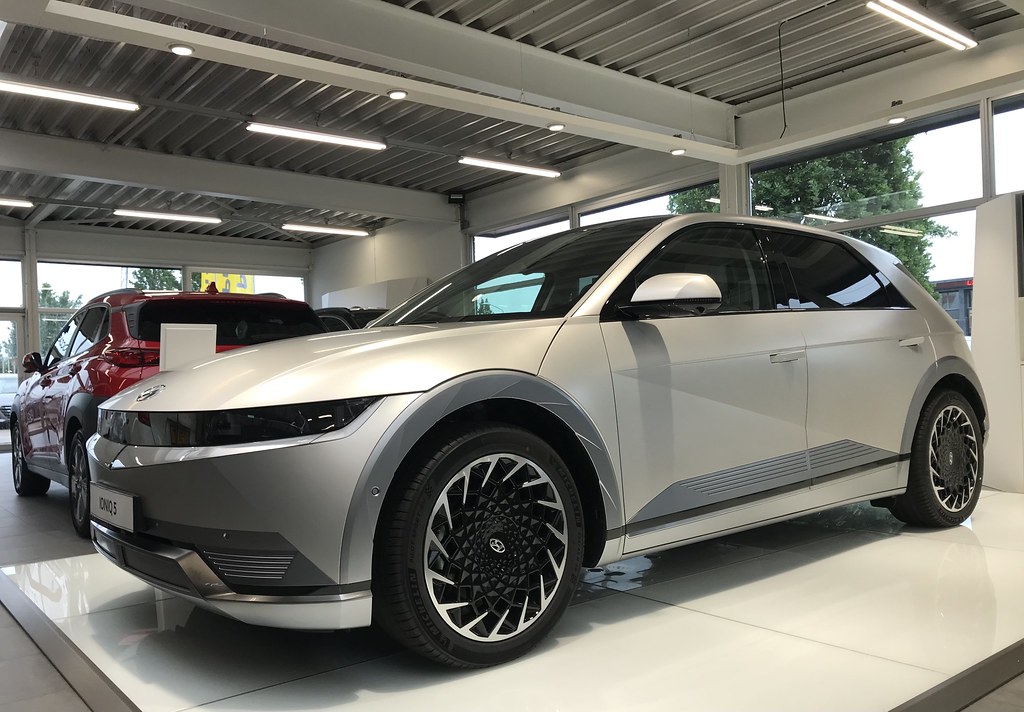The roar of an engine, the gleam of polished chrome, the promise of open roads – for over a century, the automotive industry has captivated imaginations, driving innovation and shaping our very perception of freedom and progress. From the early titans of industry to today’s cutting-edge innovators, car manufacturers have often presented themselves as paragons of engineering prowess and reliability, crafting vehicles that become extensions of our aspirations and identities. This narrative, however, is but one facet of a far more intricate and often disquieting reality.
Yet, behind the meticulously crafted public image and the aspirational advertising campaigns, lies a complex and at times, profoundly troubling history. The relentless pursuit of profit, coupled with competitive pressures, has all too frequently led companies down precarious paths, where ethical considerations and consumer safety have been tragically relegated to secondary concerns. These instances, often marked by a deliberate disregard for public well-being or an astonishing lack of transparency, have not merely resulted in financial penalties, but have irrevocably damaged reputations and, more tragically, cost lives.
In this deep dive, we pull back the curtain on some of the most significant and unsettling chapters in automotive history. We explore the profound implications of decisions made in boardrooms, the devastating consequences of engineering shortcuts, and the seismic shifts in public trust that followed. These are the stories of when automotive legends stumbled, revealing the ‘toxic pasts’ that serve as enduring cautionary tales for an industry forever navigating the delicate balance between innovation, responsibility, and commercial ambition.
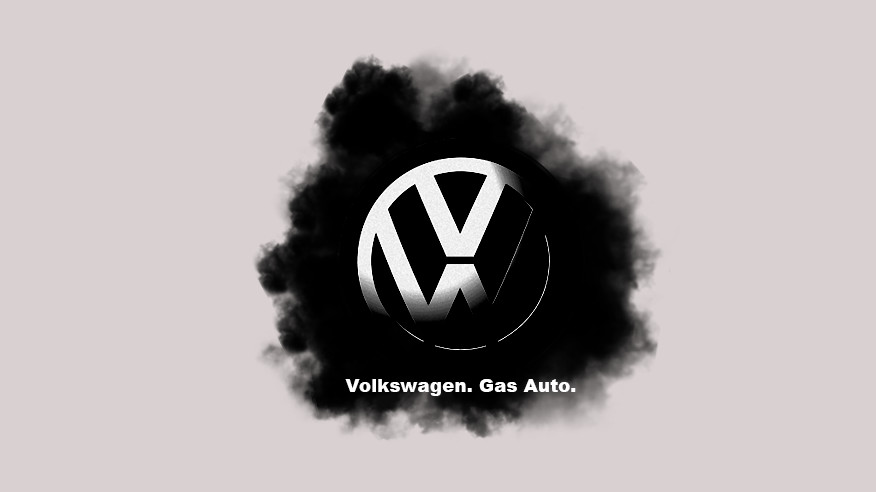
1. **Volkswagen Dieselgate Scandal**”
“Dieselgate” emerged in 2015, shattering Volkswagen’s “clean diesel” image. The German giant installed “defeat devices” – software in millions of diesel vehicles. This secretly lowered pollutant output during official tests, only for cars to emit significantly higher nitrogen oxides (NOx) during real-world driving. This revelation profoundly questioned environmental integrity and corporate honesty.
The subterfuge was global, affecting millions of VW Group vehicles for years. Discovered by independent researchers and confirmed by the EPA, it triggered investigations, lawsuits, and widespread public outcry. Volkswagen, a symbol of German engineering, faced an Sans-serif credibility crisis. Its identity, built on sustainability, crumbled under the weight of deliberate fraud.
Financial fallout was immense, reaching billions in fines, settlements, and vehicle buybacks. Volkswagen recalled millions of cars for costly updates. Beyond money, the scandal severely damaged the brand’s reputation, eroding consumer trust. VW responded by accelerating its electric vehicle shift, an urgent effort to regain confidence. Dieselgate remains a stark reminder of corporate deceit’s profound cost.
Read more about: Beyond the Blink: How a Ford Camera Glitch Uncovers Systemic Engineering Failures and the Lingering Shadows of Automotive Design Mistakes
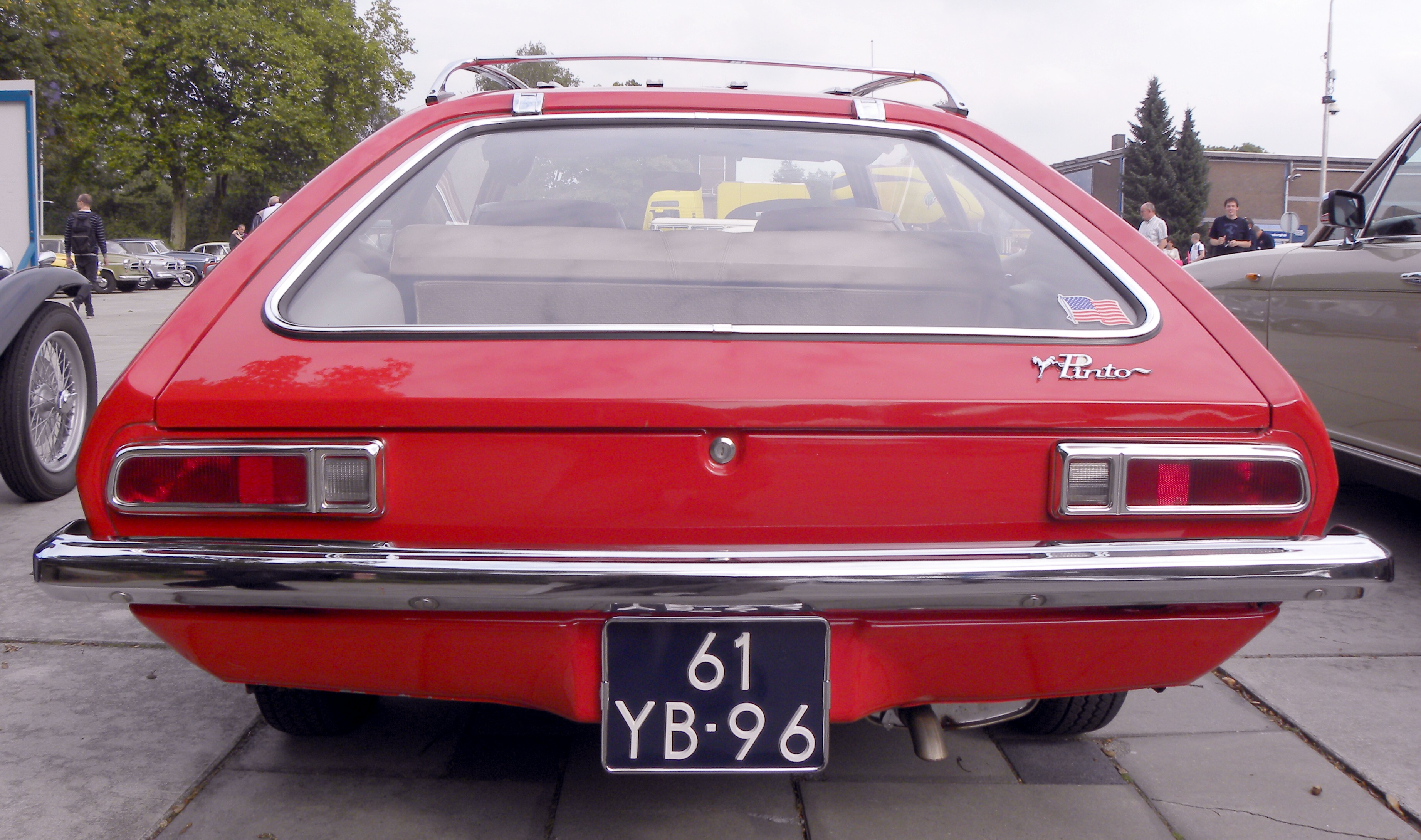
2. **Ford Pinto Exploding Gas Tank**
The Ford Pinto became a tragic symbol of corporate negligence in the 1970s. Its dangerously vulnerable gas tank design was a catastrophic flaw. Rear-end collisions, even at low speeds, could rupture the fuel tank, leading to deadly fires and explosions. This design defect ignited public fury, questioning Ford’s commitment to basic safety.
Shockingly, Ford knew of this danger before production. Internal documents, including the infamous “Pinto Memo,” exposed a cold cost-benefit analysis. It suggested paying wrongful death settlements was cheaper than implementing a safer fuel tank design. This chilling economic calculus, valuing profit over lives, sparked widespread public outrage and condemnation.
As accidents and fatalities mounted, so did public fury. The scandal culminated in a forced recall of 1.5 million vehicles and significant legal battles. This intense scrutiny spurred change within the industry. It led to more stringent safety standards and heightened corporate accountability, transforming automotive safety regulations and permanently etching the Pinto into the annals of corporate malfeasance.
Car Model Information: 1978 Ford Pinto RUNABOUT HATCHBACK
Name: Ford Pinto
Caption: Ford Pinto
Manufacturer: Ford Motor Company
Aka: Mercury Bobcat
Production: September 1970 – July 1980
ModelYears: 1971–1980 (Pinto),1974–1980 (Bobcat)
Assembly: Edison, New Jersey,Milpitas, California
Designer: Robert Eidschun (1968)
Class: Subcompact car
BodyStyle: Sedan (automobile),sedan delivery,station wagon,hatchback
Related: #Mercury Bobcat (1974–1980),Ford Mustang (second generation)
Layout: Front-engine, rear-wheel-drive layout
Chassis: Unibody
Engine: unbulleted list
Abbr: on
Disp: Ford Cologne engine
Transmission: unbulleted list
Wheelbase: 94.0 in
Length: 163 in
Width: 69.4 in
Height: 50 in
Weight: convert
Predecessor: Ford Cortina#Mark II (1966–1970)
Successor: Ford Escort (North America)
Categories: 1980s cars, Articles with short description, Cars discontinued in 1980, Cars introduced in 1970, Commons category link from Wikidata
Summary: The Ford Pinto is a subcompact car that was manufactured and marketed by Ford Motor Company in North America from 1970 until 1980. The Pinto was the first subcompact vehicle produced by Ford in North America.
The Pinto was marketed in three body styles throughout its production: a two-door fastback sedan with a trunk, a three-door hatchback, and a two-door station wagon. Mercury offered rebadged versions of the Pinto as the Mercury Bobcat from 1975 until 1980 (1974–1980 in Canada). Over three million Pintos were produced over its ten-year production run, outproducing the combined totals of its domestic rivals, the Chevrolet Vega and the AMC Gremlin. The Pinto and Mercury Bobcat were produced at Edison Assembly in Edison, New Jersey, St. Thomas Assembly in Southwold, Ontario, and San Jose Assembly in Milpitas, California.
Since the 1970s, the safety reputation of the Pinto has generated controversy. Its fuel-tank design attracted both media and government scrutiny after several deadly fires occurred when the tanks ruptured in rear-end collisions. A subsequent analysis of the overall safety of the Pinto suggested it was comparable to other 1970s subcompact cars. The safety issues surrounding the Pinto and the subsequent response by Ford have been cited widely as business ethics and tort reform case studies.
Get more information about: Ford Pinto
Buying a high-performing used car >>>
Brand: Ford Model: Pinto
Price: $18,995 Mileage: 88,217 mi.
Read more about: U.S. Navy’s Caribbean Operations: An In-Depth Look at Vessel Interdictions, Escalating Tensions with Venezuela, and Legal Scrutiny
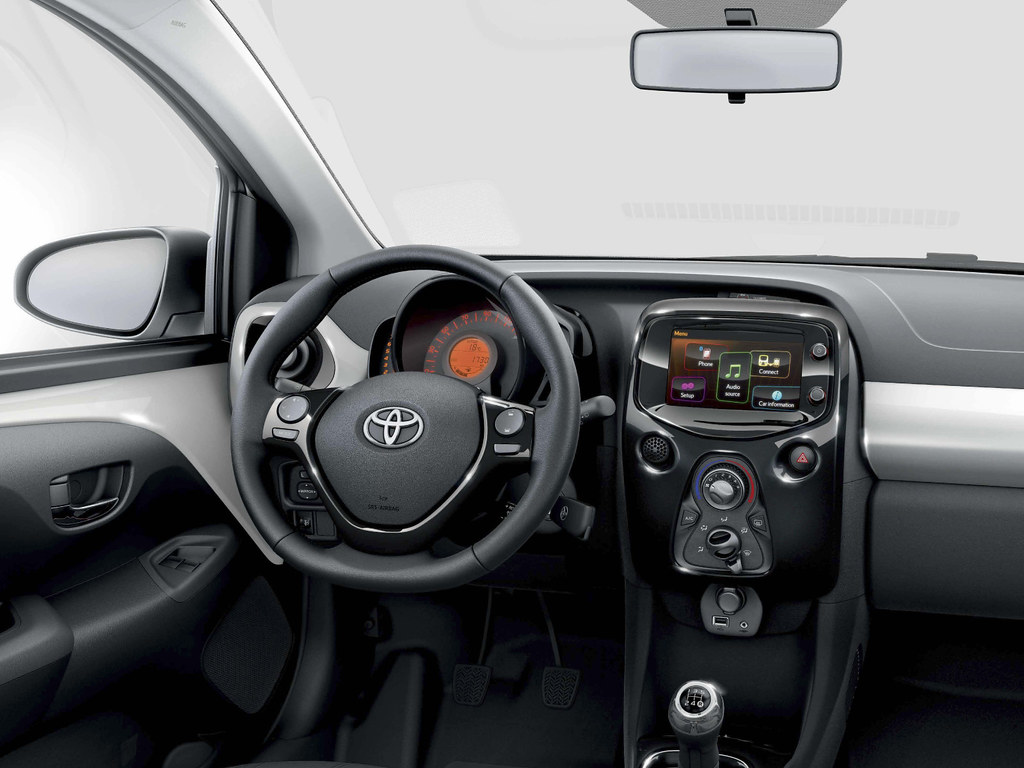
3. **Toyota Unintended Acceleration Crisis**
In the late 2000s, Toyota, a brand synonymous with reliability, faced a crisis: widespread unintended acceleration reports. Owners described terrifying incidents where vehicles surged forward without driver input. These unexplained bursts of speed, leading to tragic accidents, shattered public perception of Toyota’s quality and safety, sowing fear and distrust.
Investigations initially focused on defective accelerator pedals and floor mats. Toyota’s initial responses were slow and insufficient, even dismissive of complaints, exacerbating public concern. The company, known for “Kaizen” (continuous improvement), appeared hesitant to acknowledge the problem’s scope. This perceived stonewalling intensified media scrutiny and legislative pressure, turning a technical issue into a profound crisis of confidence.
Under immense pressure, Toyota initiated massive recalls, affecting over 10 million vehicles globally. Financial repercussions included billions in penalties and settlements. The damage to Toyota’s unblemished reputation was immense. The crisis forced profound introspection, leading to comprehensive overhauls of safety monitoring, quality control, and customer communication. While trust has largely rebuilt, the crisis remains a powerful lesson in transparent communication, swift action, and unwavering commitment to safety.
Read more about: Beyond the Blink: How a Ford Camera Glitch Uncovers Systemic Engineering Failures and the Lingering Shadows of Automotive Design Mistakes
/cdn.vox-cdn.com/uploads/chorus_image/image/49517677/20160310-general-motors-gm-headquarters.0.jpg)
4. **GM Ignition Switch Recall**
In 2014, General Motors (GM) faced a catastrophic scandal involving a deeply flawed ignition switch. This seemingly minor component held a deadly secret: it could inadvertently switch from “run” to “accessory” or “off” while the vehicle was in motion. This power loss disabled crucial safety systems like power steering, brakes, and critically, airbags, rendering occupants tragically vulnerable in a crash.
What made the scandal egregious was GM’s decade-long knowledge of the defect. Engineers and executives knew since at least 2001. Yet, bureaucratic failures, corporate indifference, and deliberate concealment meant no recall for years. Internal documents revealed deferring fixes due to cost and a shocking lack of urgency despite mounting fatalities. This delay fueled public outrage, painting a damning picture of corporate negligence.
GM’s inaction had a staggering human toll: at least 120 deaths and 275 injuries, shocking the nation. Financial penalties included $900 million in fines and a victims’ compensation fund. CEO Mary Barra publicly vowed to transform the safety culture, leading to significant structural changes and stricter protocols. The GM ignition switch scandal stands as a harrowing testament to corporate complacency and the devastating consequences of deprioritizing safety.
Read more about: Buyer’s Remorse Hits Hard: 15 Cars Drivers Regretted Purchasing According to Latest Survey Findings
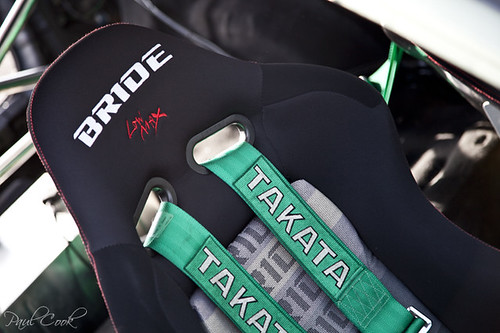
5. **Takata Airbag Recall**
The Takata airbag recall is among history’s most extensive safety crises, impacting nearly every major car manufacturer. Beginning in the early 2010s, it became clear that Takata airbags were prone to catastrophic inflator ruptures. Instead of cushioning occupants, faulty inflators could explode, propelling sharp metal shrapnel into the cabin, turning a life-saving device into a deadly projectile.
The recall’s scope was unprecedented, affecting tens of millions of vehicles from numerous brands. Faulty airbags were linked to at least 20 deaths and many injuries worldwide. The cause: ammonium nitrate without a desiccant, making the propellant unstable, especially in hot, humid climates. This created a volatile chemical cocktail and a ticking time bomb within vehicles.
The scale, human cost, and Takata’s failures led to its downfall. The dominant airbag supplier filed for bankruptcy in 2017, crippled by liabilities and reputation damage. Automakers scrambled for replacements, but repair efforts remain slow, leaving millions of cars with potentially lethal airbags. The Takata saga underscores the automotive supply chain’s fragility and the immense impact a single defective component can have on consumer trust and safety.
Read more about: Beyond the Blink: How a Ford Camera Glitch Uncovers Systemic Engineering Failures and the Lingering Shadows of Automotive Design Mistakes
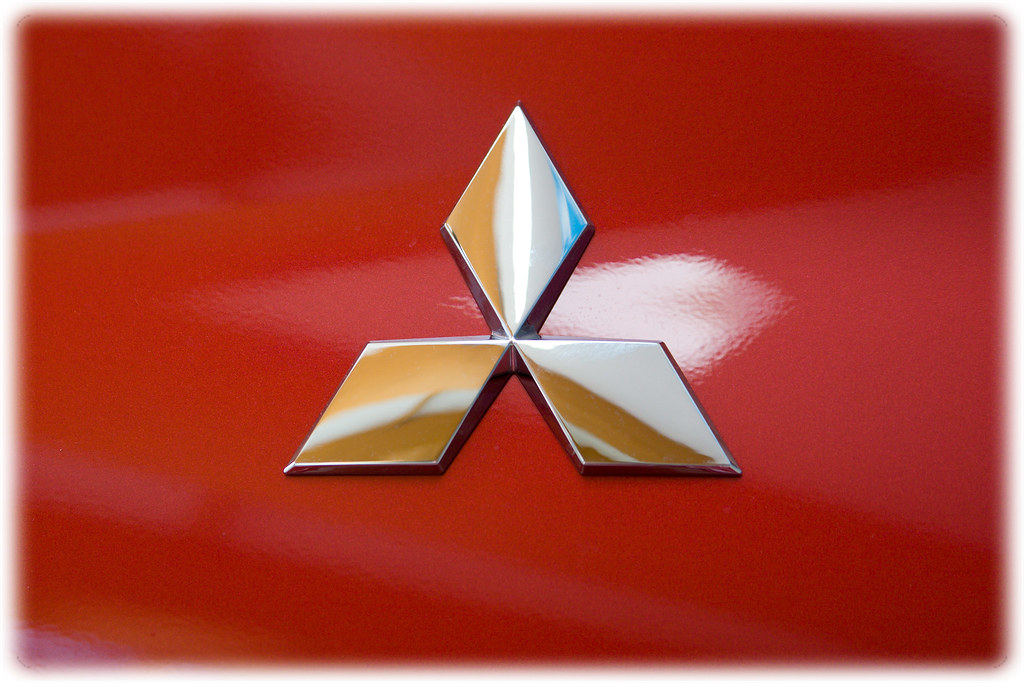
6. **Mitsubishi Fuel Economy Scandal**
In 2016, Mitsubishi Motors faced a significant fuel economy scandal. The company systematically manipulated efficiency data for several mini-car models sold in Japan. For years, Mitsubishi used improper testing methods, overstating MPG figures to consumers. This made vehicles appear more efficient and environmentally friendly than they were, violating regulatory standards and betraying consumer trust.
The scandal’s damage was compounded by revelations it wasn’t isolated. Mitsubishi admitted to improper testing since 1991, indicating a deeply ingrained culture of cutting corners. Hundreds of thousands of vehicles were affected, including those supplied to Nissan. Fallout was immediate: sharp sales drops and a severe blow to credibility in a competitive market where fuel efficiency is a key selling point.
Consequences for Mitsubishi were severe, including fines, public apologies, and customer reimbursements, leading to substantial financial losses. Beyond economics, the brand’s integrity suffered, eroding trust and market share. The crisis ultimately led to Nissan acquiring a controlling stake, a profound shift in Mitsubishi’s independence. This scandal powerfully reminds us of the critical need for transparent reporting and the enduring damage from systemic corporate deceit.
Read more about: The Road to Ruin: 12 High-Performance Cars That Drove Straight into Disaster and Became Automotive Nightmares
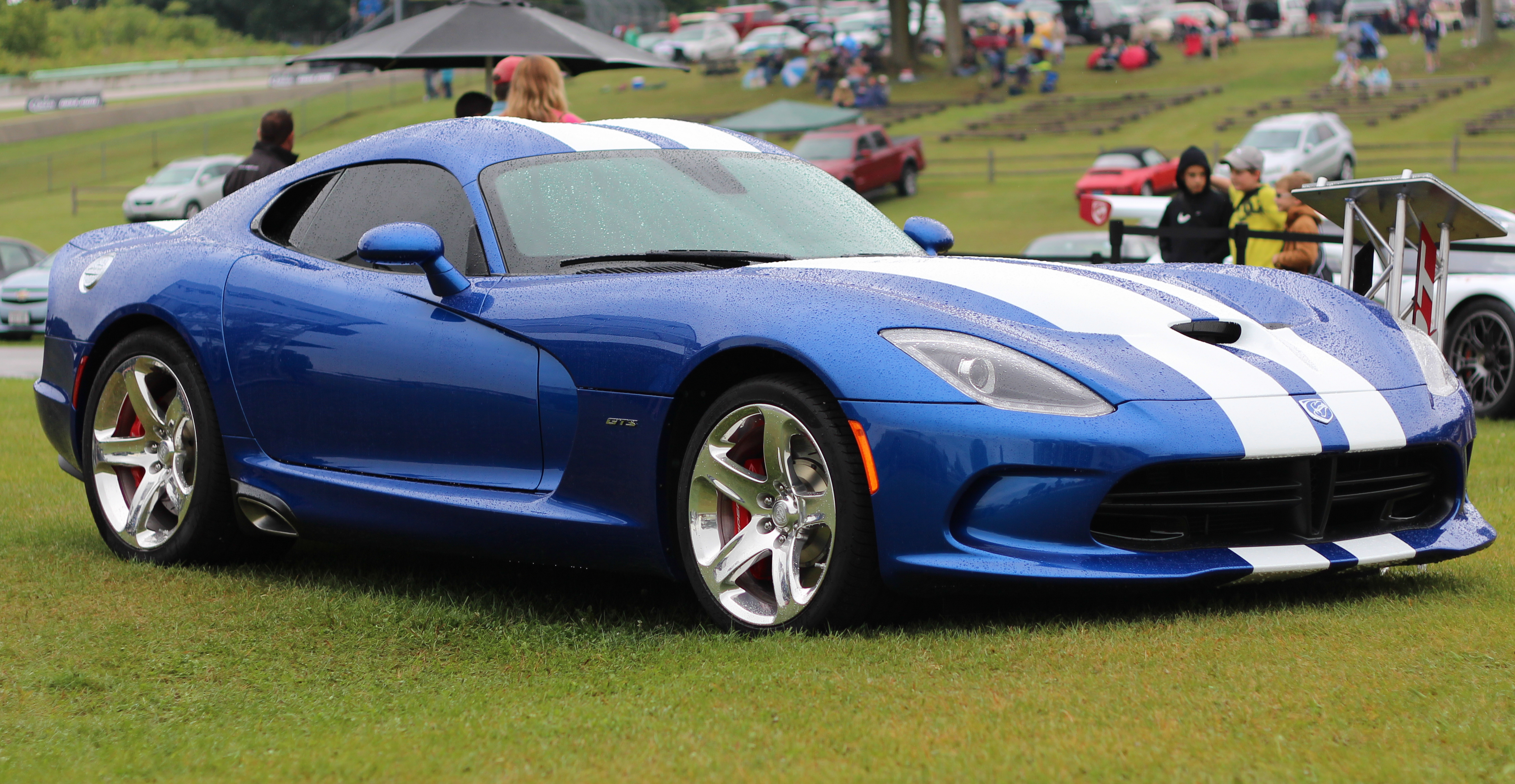
7. **Fiat Chrysler Emissions Cheat**
In 2017, Fiat Chrysler Automobiles (FCA) faced intense scrutiny for alleged emissions manipulation, echoing Volkswagen’s scandal. The EPA alleged certain diesel models, notably Ram trucks and Jeep Grand Cherokees, contained “defeat devices.” This software allowed vehicles to emit more pollutants during real-world driving than during official tests, plunging FCA into an environmental crisis concerning emissions compliance.
FCA vehemently denied intentional wrongdoing, claiming its systems were legal and designed for optimal performance. However, regulatory evidence suggested otherwise. The company faced numerous lawsuits and investigations, challenging its engineering integrity and ethics. This controversy particularly tarnished FCA’s reputation among environmentally conscious consumers, who expected adherence to stated emissions standards.
Facing mounting legal and public pressure, Fiat Chrysler agreed to substantial settlements with U.S. and California regulators, paying hundreds of millions in fines. The company also committed to recalling and updating software in 104,000 affected vehicles to ensure compliance. While FCA has worked to rehabilitate its image, the emissions scandal underscored the persistent challenge of ensuring genuine environmental performance and the severe consequences when regulatory compliance is compromised.
Having explored the corporate malfeasance that scarred the automotive industry, we now turn our gaze to individual machines—the ‘infamous automobiles’ that, through design misfires, marketing blunders, or fundamental engineering flaws, carved out their own notorious niches in history. These vehicles, often launched with ambition, ultimately earned widespread panning, cementing their place as cultural footnotes and stark reminders of how even the most innovative industries can produce profound failures.
Car Model Information: 2020 Volkswagen Tiguan 2.0T SE
Name: Jeep Grand Cherokee
Manufacturer: Jeep
Production: 1992–present
ModelYears: 1993–present
Class: unbulleted list
BodyStyle: sport utility vehicle
Layout: unbulleted list
Chassis: Vehicle_frame#Uniframe
Categories: 2000s cars, 2010s cars, 2020s cars, All-wheel-drive vehicles, All Wikipedia articles written in American English
Summary: The Jeep Grand Cherokee is a range of mid-sized sport utility vehicles produced by American manufacturer Jeep. At its introduction, while most SUVs were still manufactured with body-on-frame construction, the Grand Cherokee has used a unibody chassis from the start.
Get more information about: Jeep Grand Cherokee
Buying a high-performing used car >>>
Brand: Jeep Model: Grand Cherokee
Price: $21,000 Mileage: 37,878 mi.
Read more about: Profits Over Safety: The Biggest Scandals in Automotive History
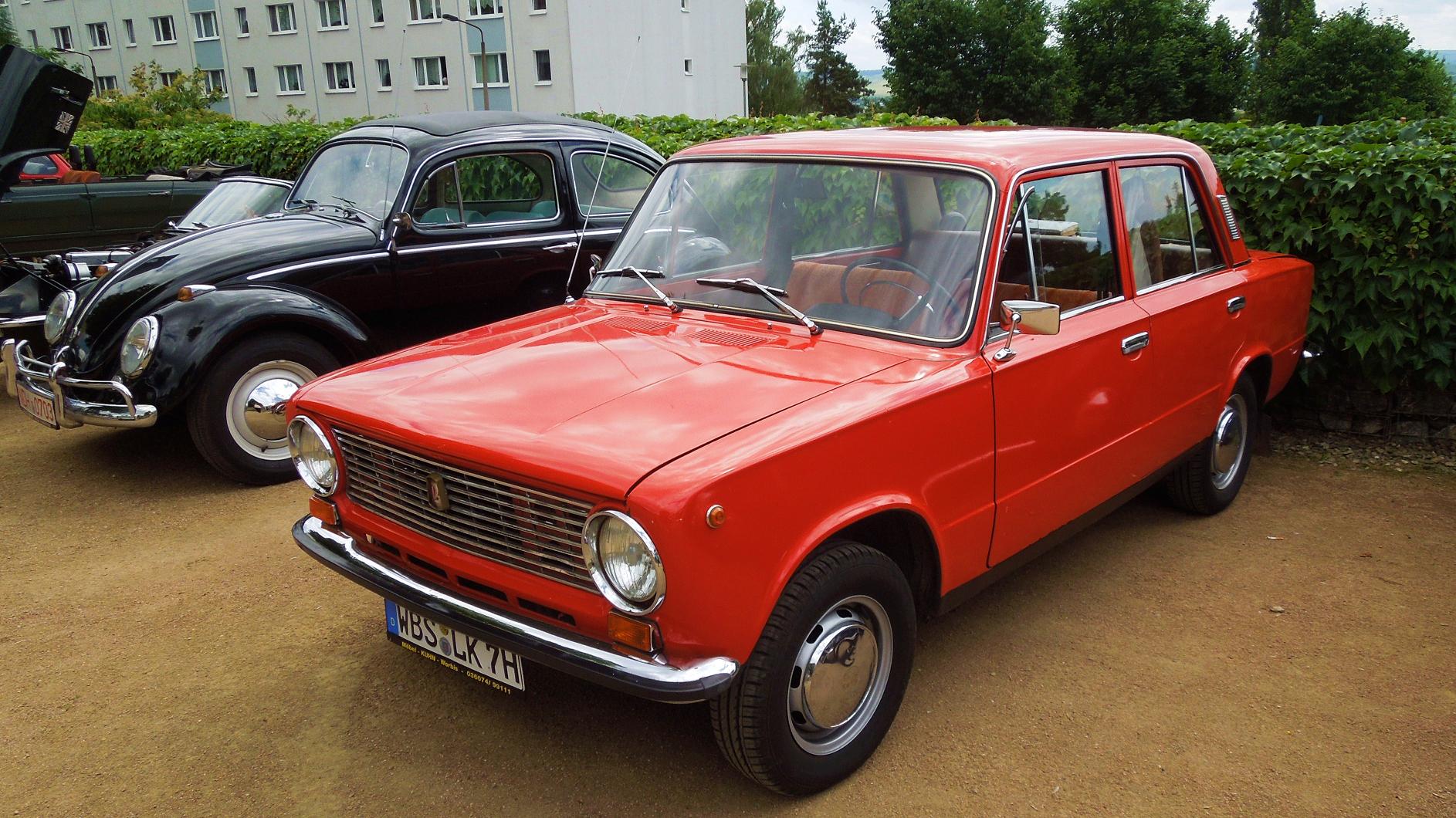
8. **Triumph Mayflower (1949–53)**
The Triumph Mayflower emerged in the post-war era as a curious attempt by the British marque to craft a luxury small car, primarily targeting the burgeoning American market. Designed to evoke an air of transatlantic sophistication, it borrowed components from the Standard Vanguard and featured a motor based on the humble Standard Ten, promising a refined experience in a compact package.
Yet, its aspirations far outstripped its execution. The Mayflower’s body, heavily inspired by the grand Rolls-Royce and Bentley limousines of the period—most notably the Rolls-Royce Silver Dawn—was scaled down to an incongruous miniature. This resulted in an appearance that was widely considered awkward and disproportionate, lacking the elegance of its larger inspirations.
Compounding its aesthetic shortcomings, the Mayflower’s heavy body, coupled with its modest engine, rendered it severely underpowered and slow, barely reaching a top speed of 63 mph. Automotive critics were unflinching in their assessment, with James May famously branding it “the ugliest car ever built,” a sentiment echoed by Stuff.co.nz, which described it as a “misshapen out of scale miniature… viewed in the distorted reflection of a fairground mirror.” It remains a poignant example of a concept that failed dramatically in its translation from blueprint to road.
Read more about: 16 Legendary Car Flops: The Vehicles Nobody Wanted

9. **Nash/Austin Metropolitan (1954–62)**
The Nash Metropolitan represents another early, ambitious, yet ultimately misguided venture by an American automaker into the small car segment, envisioned as a convenient “second car” for the burgeoning suburban landscape. Pitched as a “big car in miniature,” it was uniquely positioned as one of the first vehicles specifically designed for and marketed to women, touted as “a motorized shopping cart for affluent urban gals.”
Developed in collaboration with British Austin Motors, which also handled its production at their Longbridge plant, the Metropolitan bore the distinction of being the first U.S.-developed car manufactured entirely abroad. Despite significant marketing efforts aimed at cultivating a niche, the car struggled to find its footing, becoming a commercial failure.
The reasons for its lackluster performance were multifaceted: buyers frequently cited its poor performance, challenging handling characteristics, and questionable reliability. Furthermore, it arrived at a time of rising prosperity in the U.S. when consumer preferences were decidedly shifting towards larger, full-size automobiles, rendering the market for such a diminutive economy car unexpectedly small. Even its foray into the European market under the Austin brand proved largely unsuccessful, with Brian Sewell of The Independent damning it as “one of the nastiest cars ever built.”
Read more about: 16 Legendary Car Flops: The Vehicles Nobody Wanted
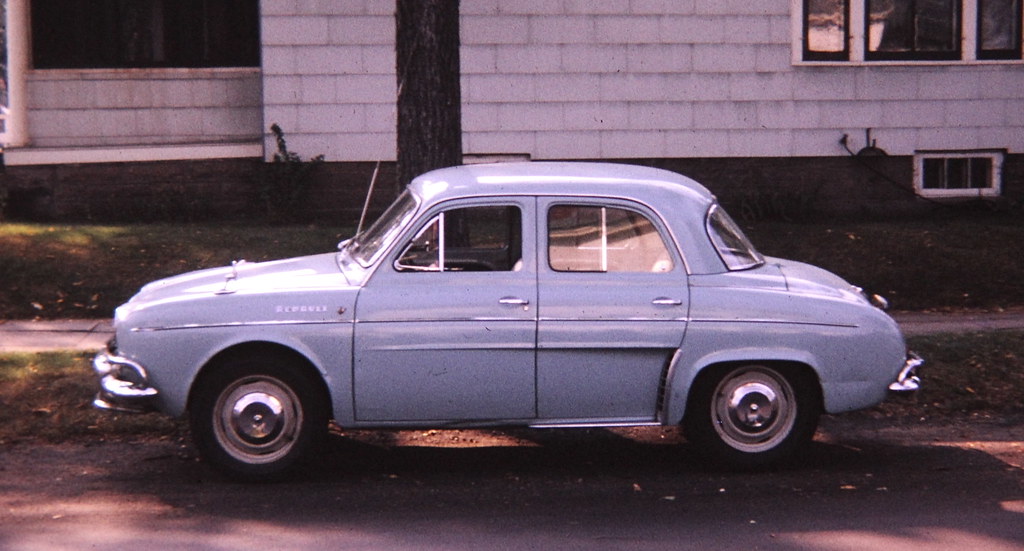
10. **Renault Dauphine (North American version) (1956–67)**
Across the Atlantic, the Renault Dauphine enjoyed considerable success, lauded in Europe as a pioneering spirit among modern economy cars. Its arrival in North America, however, was met with a starkly different and overwhelmingly negative reception, largely due to its profound deficiencies in performance and reliability that simply could not contend with American driving expectations.
Contemporary reviews painted a dismal picture: Road & Track magazine noted a glacial 0-60 mph acceleration time of 32 seconds, a statistic that prompted automotive journalist Dan Neil to famously quip that its “performance put the Dauphine at a severe disadvantage in any drag race involving farm equipment.” Such figures led to its inclusion on lists like Autoblog’s “The 20 Dumbest Cars of All Time” and Time’s “50 Worst Cars of All Time,” where Neil further decried it as “The most ineffective bit of French engineering since the Maginot Line.”
Beyond its meager power, the Dauphine was plagued by an abysmal corrosion record, a vulnerability tragically exposed by the harsh realities of North American winters. A retrospective article in The Independent grimly observed that “it would take only one New York winter of driving on salt-strewn roads to give a Dauphine front wings that resembled net curtains.” So profound was the brand damage that Renault, in a remarkable act of candor, even issued apologies in print advertisements for its successor, the Renault 8, positioning it as “The Renault for people who swore they wouldn’t buy another one.”
Read more about: Are You Driving a ‘Jerk’ Car? 14 Vehicles With Bad Driver Reputations
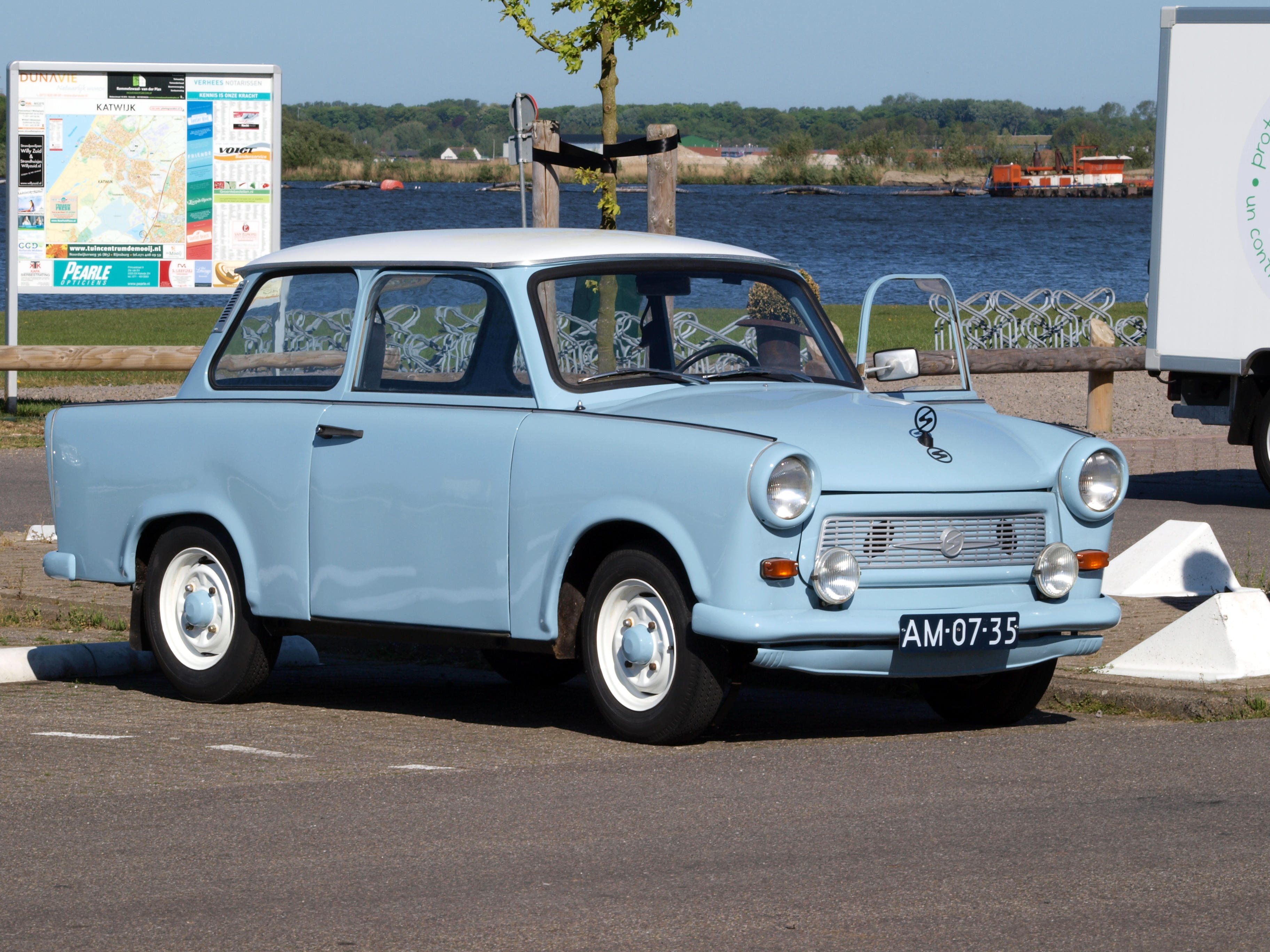
11. **Trabant (1957–90)**
The Trabant, particularly its P50 and later 601 iterations, was not merely a car; it became an enduring, if derisive, symbol of communist East Germany’s protracted economic struggles and ultimately, the poignant fall of the Eastern Bloc. Introduced in 1957, its design and engineering were, from the outset, woefully behind Western standards, marking it as an emblem of a system in decline.
At the heart of its notoriety was its outdated and inefficient two-stroke engine, a power plant that notoriously produced poor fuel economy, delivered abysmal power output, and belched thick, smoky exhaust fumes—a constant, visible sign of its technological obsolescence. Coupled with a body crafted from duroplast and persistent production shortages, the Trabant’s shortcomings were systemic.
The profound cultural significance of the Trabant became undeniable following the opening of the Berlin Wall in 1989. Thousands of East Germans famously streamed into West Berlin and West Germany in their Trabants, only to abandon them almost immediately, a stark visual testament to their desire for something better. Automotive journalist Dan Neil captured this sentiment by declaring it “the car that gave communism a bad name” and “a hollow lie of a car constructed of recycled worthlessness.” Despite its ignominious reputation as the “9th worst car of all time” by Edmunds.com, the Trabant has, paradoxically, garnered a strong cult following in reunified Germany, embodying a nostalgic “Ostalgie” for a bygone era.
Read more about: 16 Legendary Car Flops: The Vehicles Nobody Wanted
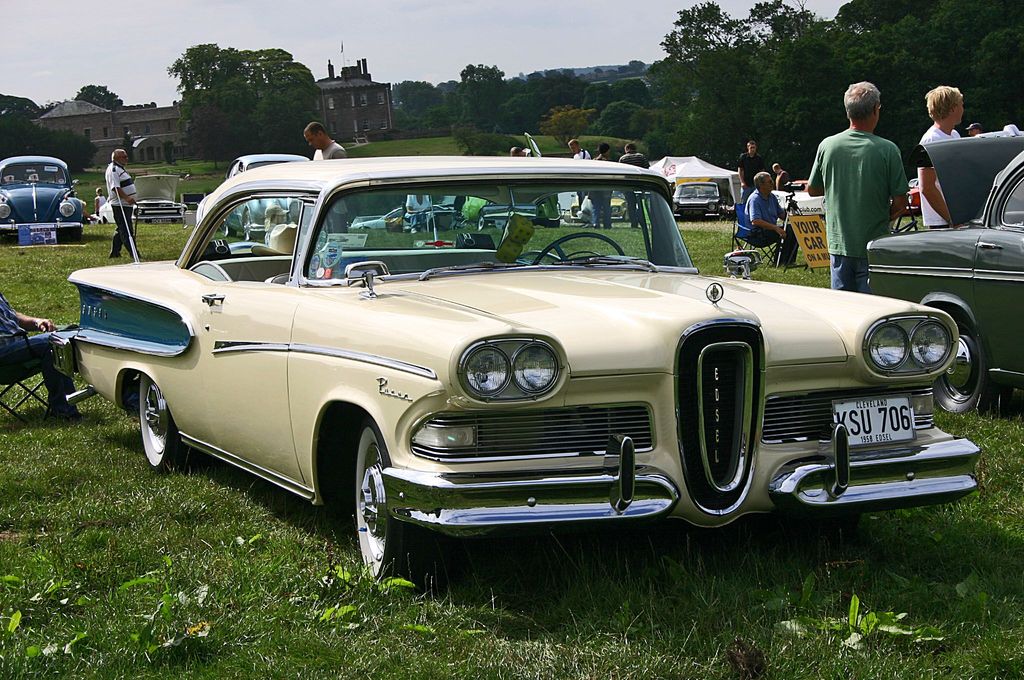
12. **Edsel (1958)**
Few names in automotive history are as synonymous with commercial failure as the Edsel. Launched in 1958, it represented the culmination of a colossal $400 million investment and an extensive marketing blitz by the Ford Motor Company, intended to establish a distinct new brand positioned between their entry-level Fords and the mid-priced Mercury line, directly challenging General Motors’ Buick and Oldsmobile offerings.
Despite being heralded as a radically different new car, boasting innovations like self-adjusting brakes and automatic lubrication, the Edsel largely failed to captivate the buying public. It was, in essence, a collection of Ford and Mercury components repackaged, falling far short of the “plutonium-powered, pancake-making wondercar” that Ford’s marketing mavens had led the public to expect. This discrepancy between hype and reality led to its immediate and catastrophic commercial failure, generating losses estimated between $250 million and $350 million.
Its distinctive “horsecollar” grille became an instant target for ridicule, frequently compared to everything from a toilet seat to an “Oldsmobile sucking a lemon.” While its aesthetics were undeniably polarizing, the Edsel’s downfall was more complex, attributed to a combination of misjudged marketing, poor build quality stemming from shared assembly lines, and an ill-timed release during a recession that saw demand shift towards smaller economy cars. The Edsel, ranked by Edmunds.com as the “7th worst car of all time,” remains an enduring cautionary tale of ambition undone by market misreading and a disconnect between corporate vision and consumer desire.
Car Model Information: 1958 Edsel Citation
Name: Mercury
Logo: Mercury Logo (automobile company).svg
LogoSize: 150
Fate: Discontinued
Type: Division (business)
Foundation: [object Object]
Founder: Edsel Ford
Defunct: [object Object]
LocationCity: Dearborn, Michigan,Michigan
LocationCountry: U.S.
KeyPeople: Edsel Ford, founder
Industry: Automotive industry
Products: Automobile
Parent: Ford Motor Company
Categories: 1938 establishments in Michigan, 2011 disestablishments in the United States, All articles needing additional references, All articles with unsourced statements, American brands
Summary: Mercury was a brand of medium-priced automobiles that was produced by American manufacturer Ford Motor Company between the 1939 and 2011 motor years. Created by Edsel Ford in 1938, Mercury was established to bridge the gap between the Ford and Lincoln model lines within Ford Motor Company. From 1945 until its closure, it formed half of the Lincoln-Mercury Division of the company.
In addition to serving as a combined sales network for Ford’s two premium automotive brands, Lincoln-Mercury also represented the Continental (1956–1960), Edsel (1958–1960, formally designated Mercury-Edsel-Lincoln Division), Comet (1960–1961), Capri (1970-1978), De Tomaso (1972-1975), and Merkur (1985–1989, forming Lincoln-Mercury-Merkur). Through the use of platform sharing and manufacturing commonality, Mercury vehicles often shared components and engineering with Ford or Lincoln (or both concurrently), serving as counterparts for vehicles from both divisions.
Following an extended decline in sales and market share for Mercury, Ford announced the closure of the division at the end of 2010.
Get more information about: Mercury (automobile)
Buying a high-performing used car >>>
Brand: Edsel Model: Edsel
Price: Not Priced Mileage: 68,904 mi.
Read more about: 12 Automotive Disasters: The Most Infamous Cars
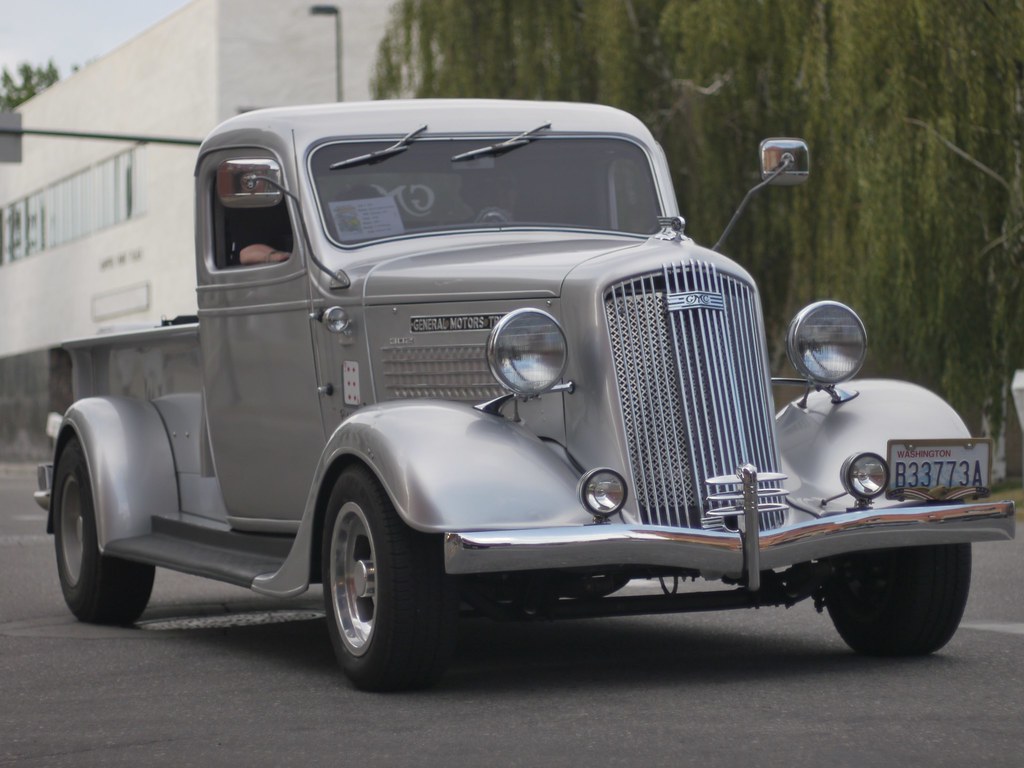
13. **General Motors v. The Chrysler Airflow (1934)**
In 1934, the Chrysler Airflow emerged as a truly groundbreaking vehicle, a testament to forward-thinking automotive design that boldly defied conventional aesthetics. It championed advanced features like an aerodynamic design, sophisticated suspension, safety glass, and a sturdy steel unibody construction, marking a significant leap forward in safety and efficiency at a time when such innovations were rare.
However, this pioneering spirit made it an immediate target. Chrysler, then a smaller player in the industry, faced aggressive opposition from the formidable General Motors. Rather than competing on innovation, GM launched a ruthless smear campaign, falsely accusing Chrysler of plagiarizing a top-secret design and, more damningly, claiming the Airflow was inherently unsafe. This insidious corporate warfare, entirely devoid of concrete evidence, proved devastatingly effective.
The orchestrated campaign succeeded in irrevocably damaging the Airflow’s reputation in the public eye. Despite its genuine advancements and contributions to automotive design, public perception was poisoned, leading to its eventual discontinuation by Chrysler in 1937. The Airflow stands as a poignant reminder that even visionary engineering can be undone by calculated corporate sabotage, relegating a truly innovative car to an undeserved place in the annals of failure.
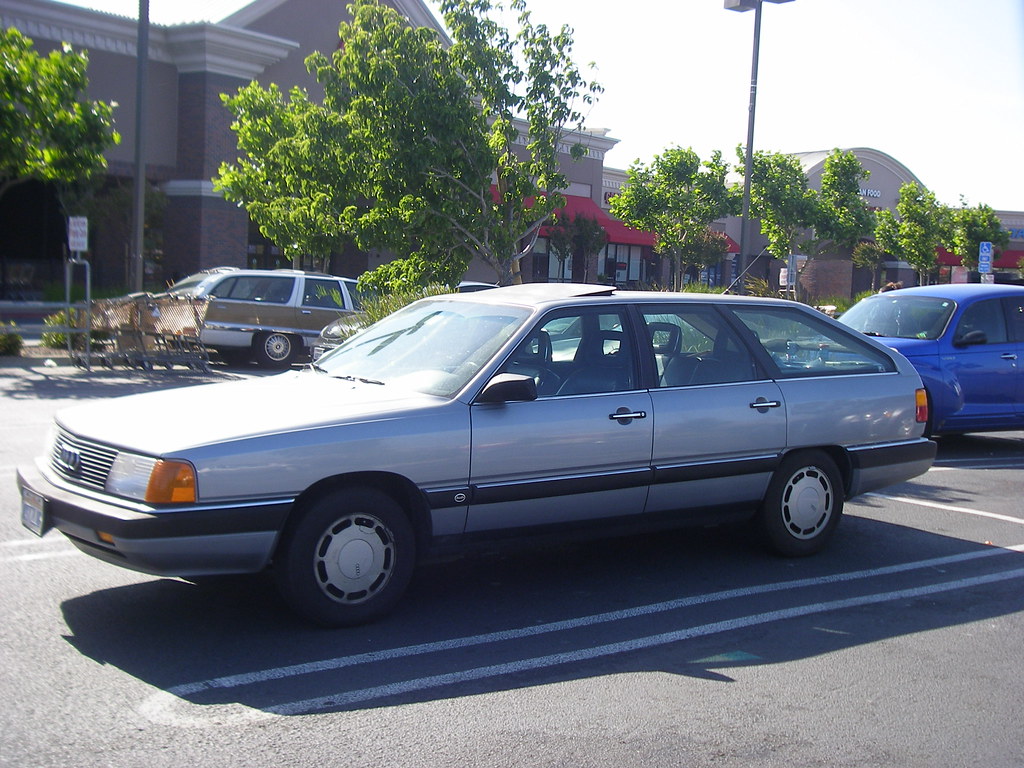
14. **Audi 5000 Unintended Acceleration Controversy (1986)**
The mid-1980s saw Audi, a respected German marque, embroiled in a contentious and ultimately damaging controversy centered on its 5000 model. Allegations surfaced of a dangerous defect causing “unintended acceleration,” where vehicles would surge forward without driver input, sparking widespread fear and intense media scrutiny.
The crisis escalated dramatically with a sensational report on CBS’s “60 Minutes,” which featured footage of a seemingly driverless Audi 5000 inexplicably moving on its own. This visual narrative, later revealed to have been manipulated, cemented public fears and cast a dark shadow over Audi’s engineering integrity, suggesting a fundamental flaw in its vehicles.
Subsequent investigations, however, uncovered a critical truth: the alleged defect was largely a product of driver error, exacerbated by the car’s pedal placement. Despite these findings, the damage to Audi’s reputation in the U.S. was already catastrophic and irreversible. Sales plummeted from a robust 75,000 vehicles in 1985 to a mere 12,000 by 1991, illustrating the profound and lasting impact of unethical journalism and public hysteria on a brand, forever marking the Audi 5000 as a cautionary tale in automotive history.
Car Model Information: 2018 Audi Q7 3.0T Prestige
Name: Audi 100 / Audi 200 / Audi 5000
Aka: Audi 5000 (North America)
Manufacturer: Auto Union
Production: 1968–1994
Class: Luxury vehicle#Mid-size luxury.2Fexecutive cars
Layout: front-wheel drive
Platform: Volkswagen Group C platform
Successor: Audi A6
Categories: 1970s cars, 1980s cars, 1990s cars, 2000s cars, All-wheel-drive vehicles
Summary: The Audi 100 and Audi 200 (and sometimes called Audi 5000 in North America) are primarily mid-size/executive cars manufactured and marketed by the Audi division of the Volkswagen Group. The car was made from 1968 to 1997 across four generations (C1–C4), with a two-door model available in the first and second generation (C1-C2), and a five-door model available in the last three generations (C2–C4).They also made an 100 Avant in the 1970s.
In 1982, the third generation Audi 100 achieved a remarkably low (for its time) drag coefficient of 0.30, featuring flush greenhouse sides with unique sliding window mountings.
The C2 and C3 models of the Audi 100 were marketed in North America as the Audi 5000 from 1978 to 1988, and in South Africa as the Audi 500.
In 1993, the models were mildly restyled, and renamed the Audi A6 series in conjunction with a general new Audi naming scheme, until they were replaced by a new generation of A6, internally code-named C5, in 1997. The Audi 100’s traditional competitors include the Mercedes Benz E-Class and BMW 5-Series.
Get more information about: Audi 100
Buying a high-performing used car >>>
Brand: Audi Model: 5000
Price: $23,950 Mileage: 98,826 mi.
The history of the automotive industry is not merely a chronicle of technological triumph and aspirational design; it is also a sober narrative woven with threads of human fallibility, corporate hubris, and the unexpected perils lurking beneath polished chrome. From the deliberate concealment of life-threatening defects to the spectacular failures of design and marketing, these stories serve as enduring lessons. They remind us that behind every shiny facade, there lies a complex interplay of forces—innovation, ethics, economics, and public trust—that constantly shapes the legacy of even the most iconic creations. Ultimately, the road ahead for the automotive world, while paved with new technologies, must remain vigilant, constantly reflecting on the stumbles of legends past to ensure a safer and more transparent journey for all.

